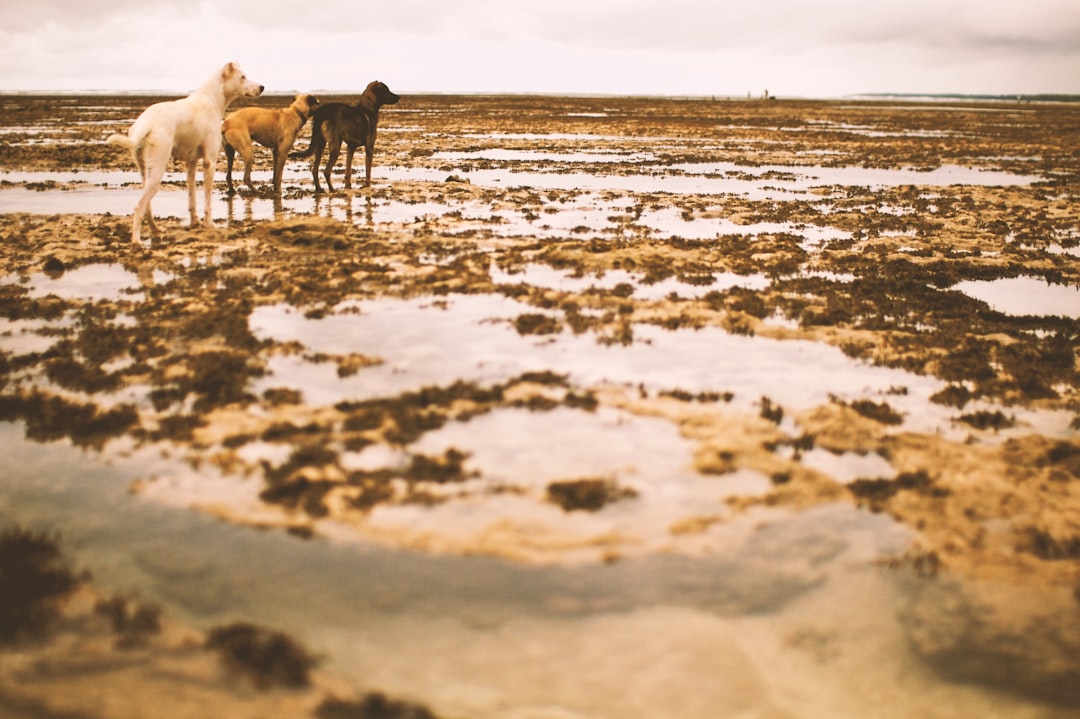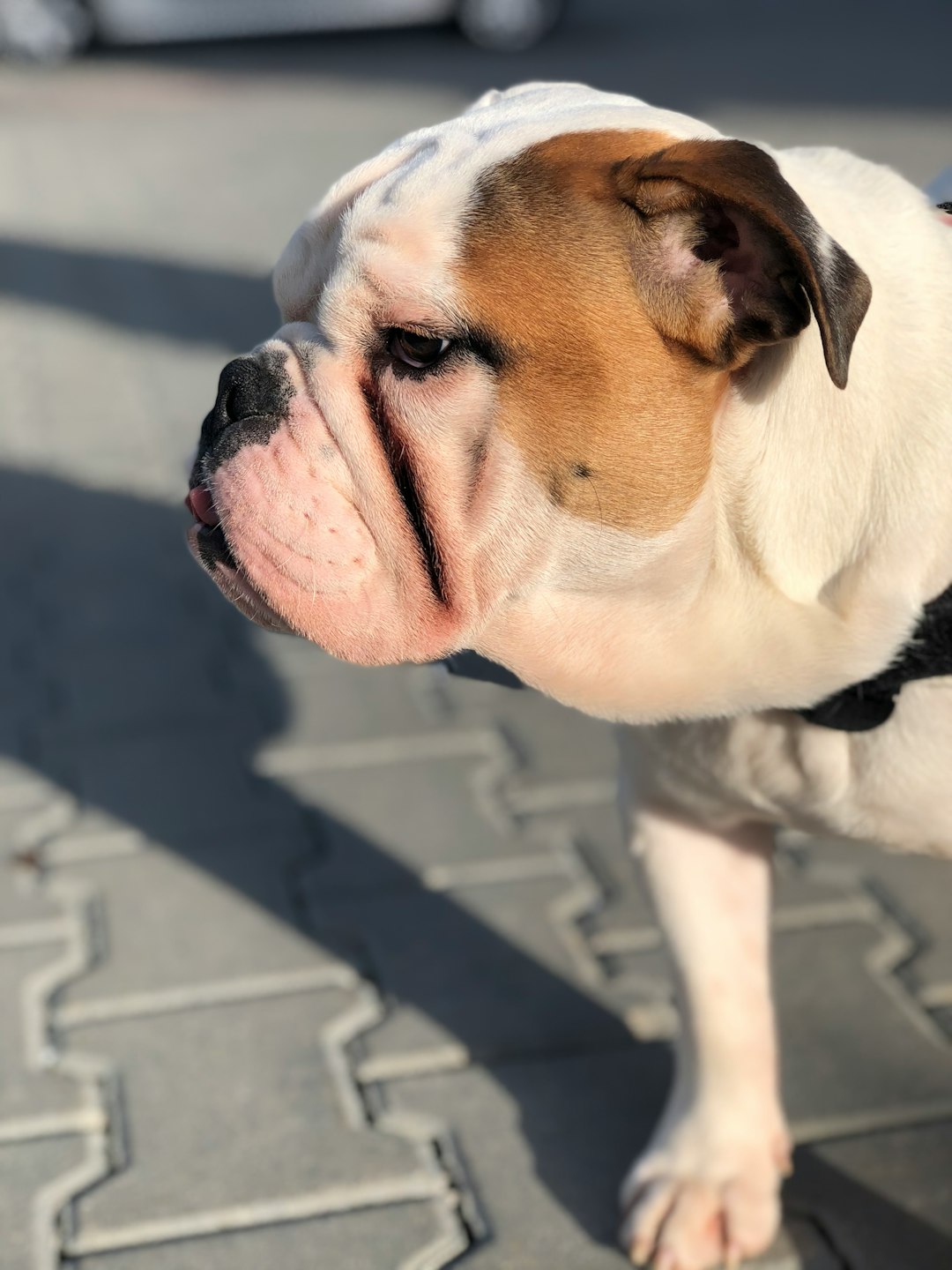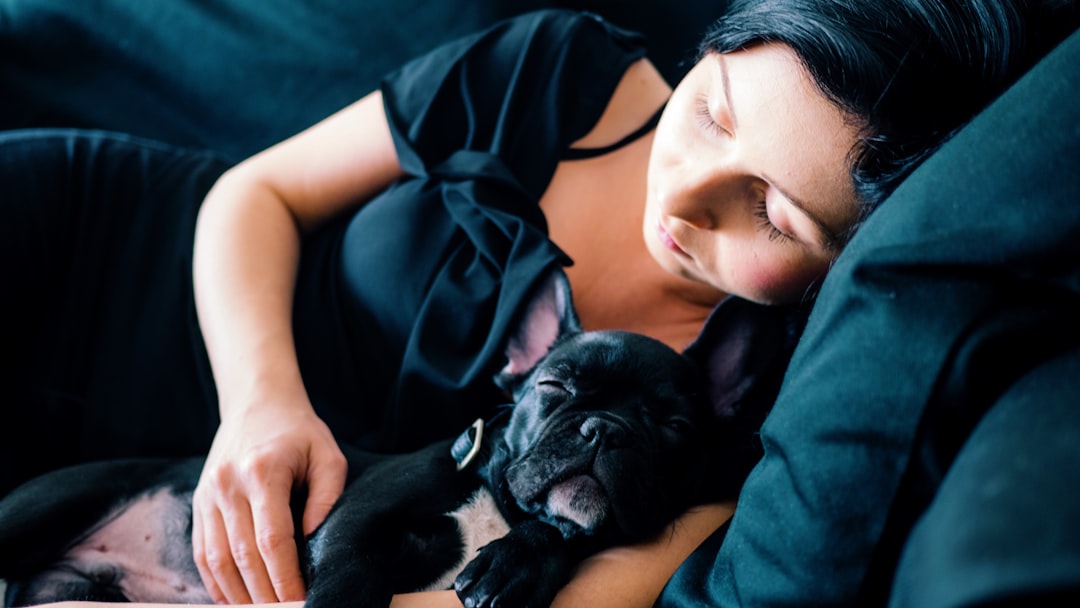Imagine your pup having a delightful romp in the garden, only for a bee to crash the party and leave you wondering, “What just happened?” If you’ve ever faced the all-too-common scenario of a dog stung by a bee, you’re not alone. But fear not! In this buzzing dilemma, understanding the ins and outs of bee stings can be a game-changer. So, let’s dive into the world of canine bee encounters, equipping you with the knowledge to keep your furry friend safe and sound!
Understanding Bee Stings in Dogs

Ah, the great outdoors! It’s where our furry friends explore and have a grand time—until they get the wrong buzz from a bee! A “Dog stung by bee” situation might feel alarming, but understanding bee stings can turn your panic into prepared action.
The Buzz on Bee Stings
- What Happens?
When your pup encounters a bee, they might get curious or try to chase it. If the bee feels threatened, it can sting, injecting venom and causing a variety of reactions. - Types of Bees:
Not all bees are created equal! From honeybees to bumblebees, most stings come from honeybees. However, remember that wasps can pack a similar punch. - Typical Venom Reactions:
Dogs may exhibit reactions that range from mild swelling to more severe allergic responses. Some might even have the infamous “paw on the ground” method to show their displeasure!
In conclusion, while a “Dog stung by bee” incident can happen to even the most vigilant pup parents, knowing the basics keeps you one paw ahead of the swarm. So, keep calm and let’s ensure your canine is buzzing with happiness!
Identifying Symptoms of a Bee Sting

When your furry friend has a dog stung by bee, the signs can range from mildly amusing to downright alarming. Here’s how to identify what’s going on with your pup:
- Local Reaction: Look for redness, swelling, or a small bump where the sting occurred. If it’s just a little lump, your dog might be just fine!
- Excessive Licking: If your dog suddenly decides their paw is a gourmet meal, it could be an indication of irritation from the sting.
- Vocalizations: A sudden yelp or whimper could signal pain. Dogs are great at being dramatic!
- Excessive Panting or Drooling: These signs may suggest discomfort.
- Behavior Changes: Is your pup suddenly anxious or withdrawn? That could mean their bee encounter wasn’t as playful as they thought.
Here’s a quick comparison to help distinguish between a bee sting and a minor issue like a bug bite:
| Symptom | Bee Sting | Bug Bite |
|---|---|---|
| Redness | Often localized | May be more widespread |
| Swelling | Moderate to severe | Generally mild |
| Pain Level | High | Low to moderate |
| Reaction Time | Immediate | Often delayed |
Remember, if you suspect your dog stung by bee is experiencing severe symptoms like difficulty breathing or swelling around the face, it’s time to fetch the vet!
Immediate Steps to Take When a Dog is Stung

So, your dog stung by a bee? No need to panic! Follow these immediate steps to ensure your furry friend gets the care they need.
- Stay Calm: Your pup can pick up on your emotions. Keep a cool head to help soothe them.
- Remove the Sting: If you see the stinger, gently scrape it out with a credit card or similar object. Don’t use tweezers, as squeezing it can release more venom.
- Clean the Area: Rinse the sting site with mild soap and water to prevent infection.
- Apply a Cold Compress: This helps reduce swelling and provides instant relief. Use a cloth or ice pack wrapped in a towel.
Here’s how to assess the severity of the reaction:
| Symptom | Action Required |
|---|---|
| Mild swelling and redness | Home care can suffice |
| Persistent vomiting | Seek veterinary assistance |
| Difficulty breathing or swelling | Emergency vet visit needed |
Remember, if your dog stung by a bee seems to be having a tough time, it’s always better to err on the side of caution and consult your vet!
Home Remedies for Minor Reactions
If your pup gets a dog stung by bee, don’t panic! While bee stings can be alarming, most minor reactions have simple home remedies. Check out these remedies to help ease your furry friend’s discomfort:
- Cold Compress: Apply a cold compress or ice pack wrapped in a cloth to the sting site for 10-15 minutes. This helps reduce swelling and pain.
- Baking Soda Paste: Create a paste by mixing baking soda and water. Apply it to the sting site to neutralize the venom and soothe irritation.
- Apple Cider Vinegar: Dab a bit of apple cider vinegar (ACV) on the affected area. It’s a natural acid that can help lessen swelling and redness.
- Antihistamines: Check with your vet first, but some antihistamines like Benadryl can help alleviate itching. Make sure to follow the correct dosage based on your dog’s weight.
- Honey: You may consider applying a thin layer of honey to the sting site. Its natural antibacterial properties can help prevent infection while offering soothing relief.
Remember, if the situation escalates, and you notice signs of severe reaction such as swelling, difficulty breathing, or vomiting, get to your vet immediately. Keeping a watchful eye on your dog stung by bee is crucial for their speedy recovery!
When to Seek Veterinary Attention
So, your dog stung by bee and you’ve managed the initial chaos. Great! But hold your horses—sometimes, it’s time to take a little detour to the veterinarian’s office. Here’s when you should seriously consider getting professional help:
- Severe Swelling: If your pup’s face starts looking more like a balloon than a dog, it’s time to call the vet.
- Multiple Stings: More than one sting can often lead to a more significant reaction.
- Difficulty Breathing: This sounds like a dog emergency! If your furry friend struggles to catch their breath, run—don’t walk—to the vet.
- Persistent Vomiting or Diarrhea: If the stomach doesn’t agree with the sting, it could indicate a serious reaction.
- Lethargy: If your happy-go-lucky pooch suddenly acts like a couch potato, get them checked out.
By being vigilant and knowing when to act, you can assist your dog stung by bee in getting the help they need. Better safe than sorry, right?
Preventing Future Bee Stings
Keeping your pup safe from a dog stung by bee scenario is crucial for a stress-free outdoor experience. While you can’t completely eliminate bees from your dog’s path, you can take several proactive steps to avoid those painful stingers:
- Avoid Flower Beds: Flowers attract bees. Keep your dog away from these floral hotspots, especially during peak bee activity times (typically late afternoon).
- Monitor Playdates: When your furry friend is frolicking with other dogs, keep an eye out for bee activity in the area.
- Teach Commands: Train your dog to “leave it” or “come” on cue. This can help divert them from potentially dangerous areas.
- Create a Bee-Free Zone: Use fencing or barriers to keep your pet away from flowering plants or bee-prone areas in your yard.
- Use Bee Repellents: Products containing citronella can deter bees without harming them.
Remember, while a dog stung by bee might be a common occurrence, with a little prevention, your pup can enjoy the great outdoors without buzzing interruptions! 🐶✨
Tips for Keeping Your Pup Safe Outdoors
If your beloved canine is prone to buzzing about and encountering unsavory insects, here are some essential tips to keep your dog safe from a dog stung by bee scenario:
- Supervise Outdoor Play: Keep an eye on your pup during playtime, especially in blooming gardens or grassy fields. Who knows what little critters are lurking?
- Choose Safe Areas: Opt for dog parks or places known to have fewer bees. Sometimes sticking to the usual trails helps dodge the buzzing brigade!
- Avoid Sweets and Food: Bees are attracted to sugary scents. Avoid giving your dog treats outdoors to minimize the temptation for a sting.
- Stay Calm: If you spot a bee buzzing around, remain calm. Sudden movements might stress your dog and provoke a chase, resulting in a dog stung by bee incident.
- Train a Recall Command: Teach your dog to come back upon command. If you sense danger, a quick call could save you both an unfortunate encounter.
- Protective Gear: Consider using dog-friendly mosquito repellents, but consult your vet to ensure they’re bee-safe too!
By following these simple guidelines, you can enjoy bug-free outdoor adventures while keeping your furry friend blissfully sting-free!
Tips for Keeping Your Pup Safe Outdoors
Ah, the great outdoors! It’s paradise for pups and their people. However, when it comes to your dog stung by a bee, a few precautions can save your furry friend’s day. Here are some paws-itively brilliant tips to keep your dog safe during outdoor adventures:
- Supervise Your Pup: Always keep an eye on your dog when they’re roaming. You’ll catch any bee-related antics before they happen!
- Avoid Flower Beds: Bees love flowers as much as we love pizza. Keep your pup away from blooming gardens to reduce sting risks.
- Short Outings During Peak Hours: Bees are busy from mid-morning to late afternoon. Opt for early morning or late evening walks to dodge these buzzing annoyances.
- Adequate Training: Teach your dog commands like “leave it” or “come.” This way, you can promptly redirect your pup if a bee buzzes by.
- Consider Bee-Safe Zones: Create a designated play area with minimal plant attraction. Think of it as an exclusive, sting-free zone!
By taking these simple yet effective measures, your pup can frolic outdoors without falling prey to the unfortunate fate of being a dog stung by bee. Happy adventuring! 🐾
Frequently Asked Questions
What should I do immediately after my dog is stung by a bee?
First things first, remain calm! Your dog may be feeling a mix of pain and confusion. Start by assessing the situation: check the affected area for the stinger; if you see it, carefully remove it using tweezers as you would for a human. Next, clean the area gently with soap and water and apply a cold pack to minimize swelling. Keep an eye on your furry friend—if they start acting like they just stepped on a nail, you may need to call your vet!
Are there any home remedies I can use to soothe my dog’s bee sting?
Ah, the joys of home remedies! Before you start brewing potions, you can use a mixture of baking soda and water to create a paste. Apply this soothing concoction to the sting site to help neutralize any leftover venom. Honey can also be your dog’s new best friend—consider offering them a tiny dollop to help with inflammation. But remember, if your pup starts exhibiting signs of distress or allergic reactions, it’s time to call in the professionals!
How can I tell if my dog is having an allergic reaction to a bee sting?
Great question! While a little swelling and a sad puppy face is par for the course after a bee sting, an allergic reaction can turn your sweet furball into a dramatist! Look for excessive swelling, especially around the face and neck, difficulty breathing (think awkward puffs), or vomiting. If your dog’s barking turns into wheezing, it’s time to grab the leash and head to the vet faster than you can say ‘Bee-lieve it or not!’
Will my dog remember the bee sting and be afraid of bees in the future?
Ah, the psychology of pups! Dogs are not unlike us in their ability to associate experiences—much like you might avoid a sour grape after a bad tasting. Some dogs might develop a healthy paranoia of buzzing creatures after a bee sting, while others will be blissfully unaware. Just like a bad haircut fades from memory, many dogs will move past the incident as long as their mom or dad doesn’t keep pointing and saying ‘bees’ with a dramatic tone!



